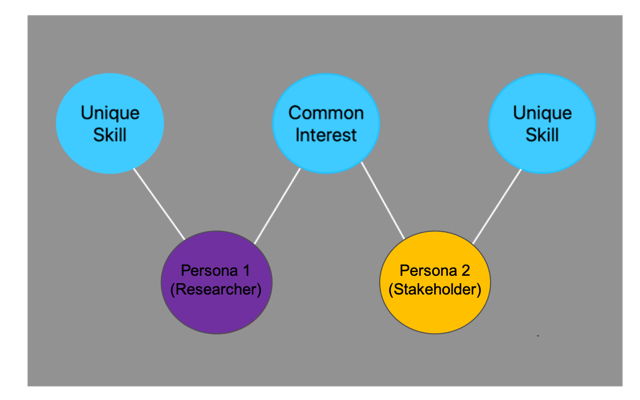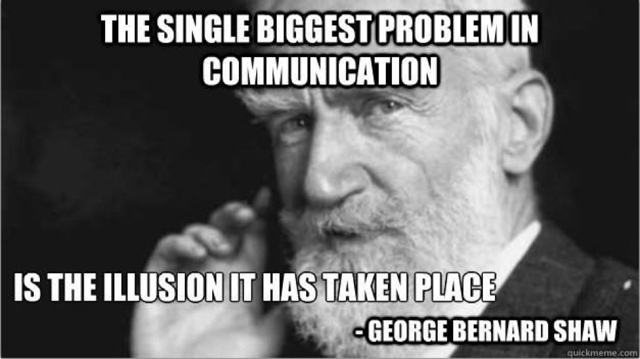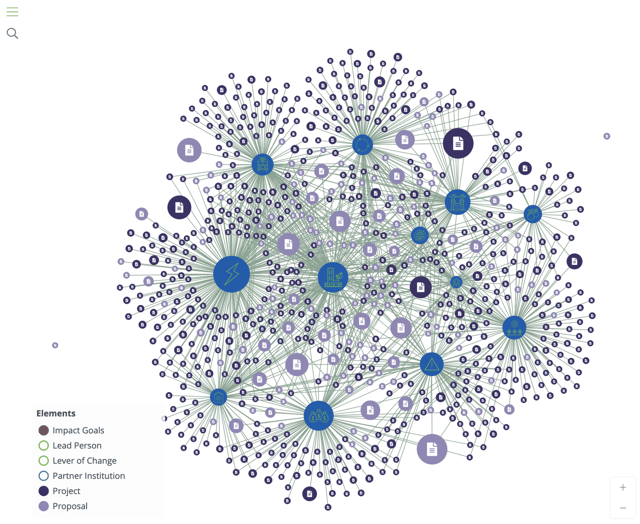
I presented at the ISPIM Conference in 2020 (ISPIM: International Society of Professional Innovation Management) on how co-production can bridge the gap between academic research and industry use-cases creating shared, collective intelligence. Co-production in this context is people with different skills and areas of expertise working on a common goal. By sitting at the intersection of these divergent perspectives, co-product marries aspects of each viewpoint, bringing ideas born in research to life in industry.

A Tale of Two Doctors
In 1969, Dr. John Burke gave a tour of his burn ward at the Shriners Hospital for Children in Boston to an MIT professor of polymer science, Dr. Ionnis Yannis. The children’s bandages were failing regularly. Children were dying. Over the next 10 years, Dr. Yannis used his polymer engineering expertise with Dr. Burke to create the first artificial skin. They redefined the prospects for severe burn victims.
Glory! But maybe not so glamorous. Dr. Yannas reflected on their act of co-production, “When Dr. Burke and I got together and started working, that was a step very few people today in science or medicine undertake. It’s a step that requires working across disciplines, which means working in areas that you’re not comfortable with. Like I was not comfortable in Dr. Burke’s surgeries and he was not comfortable with my molecules. The fact that we got together was something that was very difficult. And I would credit this with the success that we eventually got.”
Co-production is hard. But that’s probably what makes it important.
Barriers to Co-production

Communication barriers can undermine progress without us even knowing it. People speak different languages - domain languages. We use the same words but mean different things based on our fields. Coworkers from a different department use acronyms that mean nothing to you. Colleagues from another field use abstract words that have little significance for someone outside their field. We are reticent to share our work when we feel it will be misunderstood. We tend to share our work once it has reached a level of completion that’s harder to misinterpret, and we usually only share success. We don’t talk about our failures, even though they create contain the most opportunity for learning.
We have misaligned, often unspoken incentives. Doctors Yannis and Burke were successful because they were aligned on the vision of creating a new treatment for severe burn victims. If Dr. Yannis had only wanted to publish a paper on the theory of his new polymers, they would not have achieved what they did as a team.
Making Co-production Work
The act of sharing incremental output - artifacts of your work - has a surprisingly powerful mitigating effect on these challenges. This can be anything from a summary of an idea to a tangible product of your work. Artifacts reduce barriers to communication because they provide context.
An astronomer approached a medical doctor to talk about nebulae. (It sounds like the beginning of a nerdy joke, but it’s a true story.) These two don’t have much background or know-how in common, but the astronomer came armed with years of data. With something concrete to look at, the doctor proposed running the data through MRI visualization software. The interaction launched the Astronomical Medicine Project, in which techniques used for 3D imaging of brains are exapted for the stars!
Artifacts are essential as co-production scales. Over the past year, we helped a major European Union climate change initiative, Climate-KIC, better understand in what areas their community have focused their work. We used a network visualization to show all the projects the initiative has funded for the past three years, and how those projects fit to the initiative’s goals. The diagram below became an artifact for the organization’s leadership to quickly see what areas the initiative has focused on.
In addition to this historical context, an artifact can be used for future decision making. By mapping the organization’s new 2019 funding requests onto the same visualization, leaders were able to make educated decisions on how newly funded grants would fit into and supplement their current portfolio.
Even more exciting, this same artifact can be used to support co-production within this community. It creates the opportunity to connect projects that are working towards the same goal but have unique approaches.

Try It Yourself
At Exaptive we use digital artifacts to scale this process and its benefits. But technology isn’t required. I challenge you to experiment with leveraging artifacts in your work today, without buying software. As you work with colleagues, ground your conversations in the context of common language and nascent ideas to create mutual understanding. Try using analogies you are both are familiar with or refer to previous projects or initiatives that are meaningful to you both.
Related posts:
Human Resource Management: Utilizing your collective intelligence for team optimization
How Software Can Leverage Collective Intelligence and Facilitate Innovation
Comments